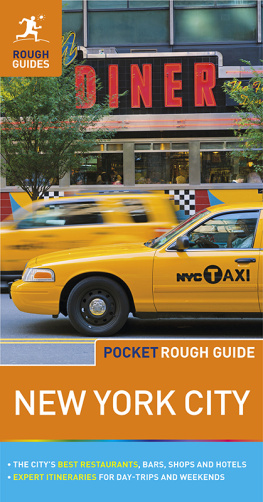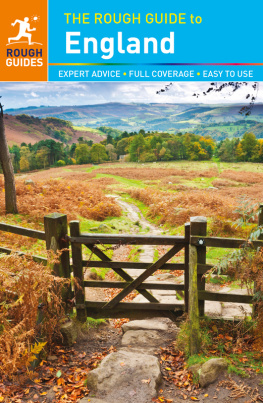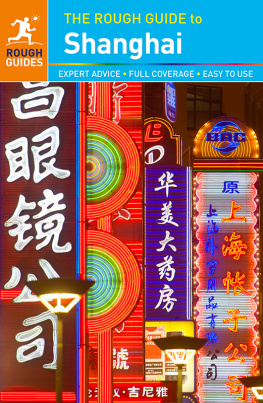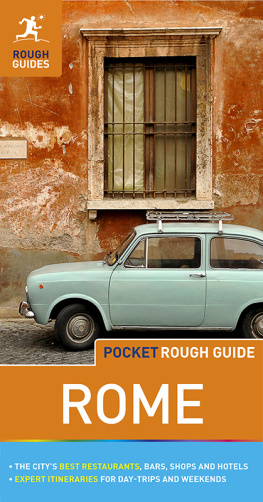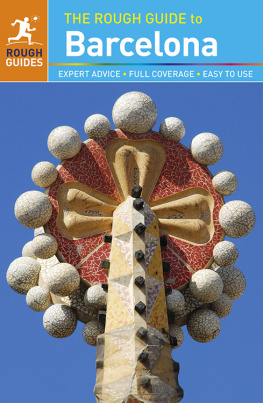How to Use this Rough Guide ePub
This Rough Guide is one of a new generation of informative and easy-to-use travel-guide eBooks that guarantees you make the most of your visit before, during and after your stay. Use this eBook both to plan your trip and explore your destination when visiting. So, before you depart, check out the illustrated Introduction, plan your itinerary using the wealth of suggestions on offer, or simply browse the guide and be inspired.
The best way to explore this guide is to begin at the main table of contents. The first section of the eBook gives you a flavour of the destination, with must-see sights and suggested itineraries. This is followed by: the Basics essential practical information; the best sights, area by area; listings on everything from hotels and restaurants to festivals; and Contexts, the history of the destination and its presence in popular culture.
Shorter contents lists appear at the start of every section in the guide, and are designed to make chapter navigation quick and easy. You can jump back to these by tapping the chapter-heading links that sit with an arrow icon at the end of every article.
Every area of the destination has a clear and beautifully presented map. Depending on your hardware, you will be able to double-tap on the maps to see larger-scale versions fill your screen.
As you use this guide, youll notice that some entries are marked by a small Rough Guides running man icon; this denotes the authors picks. You can select your own favourites and create a personalized itinerary by bookmarking the sights, venues and activities that are of most interest, giving you the quickest possible access to everything youll need for your time away.
Introduction to Beijing
Beijing is China at its most dynamic: a vivid metropolis spiked with high-rises, changing and growing at a furious, unfettered pace. Yet this forward-looking capital of the worlds newest superpower is also where, for a thousand years, the drama of Chinas imperial history was played out, with the emperor sitting enthroned at the centre of the Chinese universe. Though Beijing is a very different city today, it still remains spiritually and politically the heart of the nation. Shanghai and Hong Kong may be where the money is, but its Beijing that pulls the strings, and its lure is irresistible to many Chinese, who come here to fulfil dreams of success in business, politics or the arts.
The Chinese character chai (demolish), painted in white on old buildings and the cranes that skewer the skyline attest to the speed of change, affecting not just the citys architecture: as China embraces capitalism, social structures are also being revolutionized. The government is as determined as ever to repress dissent, but outside the political arena, just about anything goes these days. Students in the latest fashions while away their time in internet cafs, dropouts mosh in punk clubs, bohemians dream up boutiques over frappuccinos. New prosperity is evident everywhere witness all the Mercedes-driving businessmen but not everyone has benefited: migrant day-labourers wait for work outside the stations, and homeless beggars, not long ago a rare sight, are now as common as in Western cities.
The first impression of Beijing, for both foreigners and visiting Chinese, is often of a bewildering vastness, not least in the sprawl of uniform apartment buildings in which most of the citys 22 million-strong population are housed, and the eight-lane freeways that slice it up. Its a perception reinforced on closer acquaintance by the concrete desert of Tiananmen Square, and the gargantuan buildings of the modern executive around it. The main tourist sights the Forbidden City, the Summer Palace and the Great Wall also impress with their scale, while more manageable grandeur is on offer at the citys attractive temples, including the Tibetan-style Yonghe Gong, the Taoist Baiyun Guan, and the astonishing Temple of Heaven, once a centre for imperial rites.
With its sights, history and, by no means least, delicious food (all of Chinas diverse cuisines can be enjoyed cheaply at the citys numerous restaurants and street stalls), Beijing is a place almost everyone enjoys. But its essentially a private city, one whose surface, though attractive, is difficult to penetrate. The citys history and unique character are in the details: to find and experience these, check out the little antique markets; the local shopping districts; the smaller, quirkier sights; the hutongs, the citys twisted grey stone alleyways that are as one Chinese guidebook puts it fine and numerous as the hairs of a cow; and the parks, where youll see Beijingers performing tai ji and old men sitting with their caged songbirds. Take advantage, too, of the citys burgeoning nightlife and see just how far the Chinese have gone down the road of what used to be deemed spiritual pollution. Keep your eyes open, and youll soon notice that Westernization and the rise of a brash consumer society is not the only trend here; just as marked is the revival of older Chinese culture, much of it outlawed during the more austere years of communist rule. Witness, for example, the sudden re-emergence of the teahouse as a genteel meeting place, and the renewed interest in traditional music and opera and imperial cuisine dishes once enjoyed by the emperors.
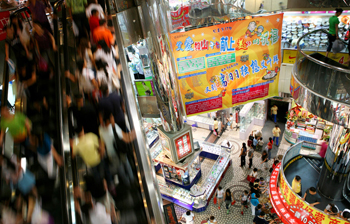
Xidan shopping
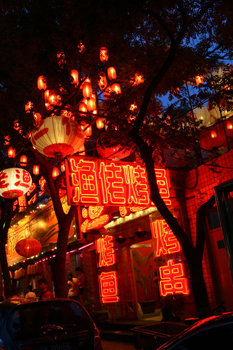
Ghost Street at night, northeast Beijing
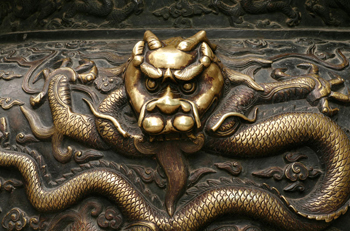
Beijings facelift
Beijing has always been image-conscious anxious to portray a particular face to the world. When Mao took over, he wanted the feudal city of the emperors transformed into a forest of chimneys; he got his wish, and the capital became an ugly industrial powerhouse of socialism. In the 1980s, when the Party embraced capitalism with Chinese characteristics, bland international-style office blocks were erected with a pagoda-shaped silly hat on the roof as a concession to local taste.
Modern Beijing, eager to be viewed as a cool and stylish world city, and to express Chinas new global dominance, has undergone the kind of urban transformation usually only seen after a war. In recent years, factories were banished to the suburbs, six new subway lines opened, a new terminal (designed by Norman Foster) was added to the airport, and some $10 billion has been spent on greening projects including a tree belt around the city to control the dust storms that whip in from the Gobi Desert. Now, statement architecture the kind of massive, prestige project that not long ago would have been derided as bourgeois and decadent is all the rage, designed by the worlds hottest (and most expensive) architects.
As well as the fantastic venues built for the 2008 Olympics (the most famous of which, the Birds Nest, is shown below), theres Paul Andreus National Opera House (the Egg), and perhaps most striking of all, the new state television station (the Twisted Doughnut) by Dutch architect Rem Koolhaas, which appears to defy gravity with its intersecting Z-shaped towers.
All this has been made possible by light planning laws, deregulation and the willingness of the government to allow developers to sweep homes away without much compensation to residents. Regrettably, little of

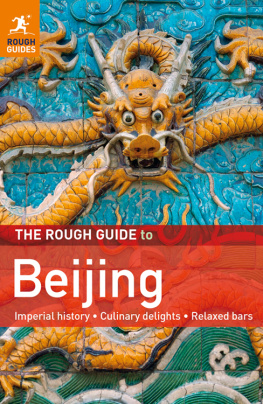
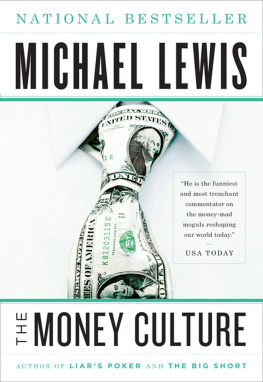
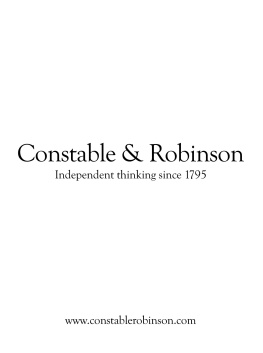


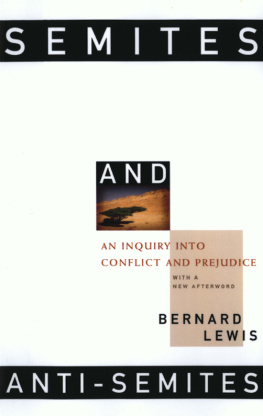
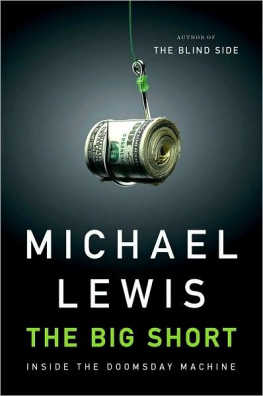

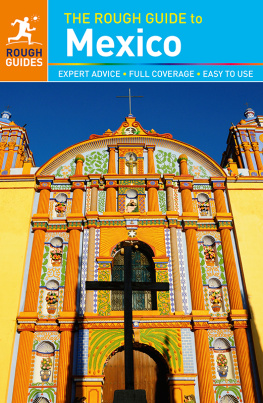
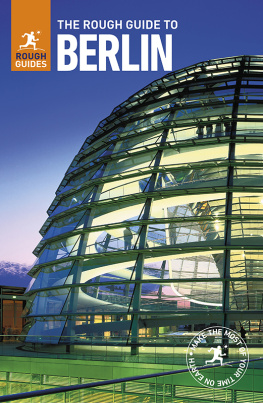


![Martin Zatko - The Rough guide to Beijing [2014]](/uploads/posts/book/218133/thumbs/martin-zatko-the-rough-guide-to-beijing-2014.jpg)
